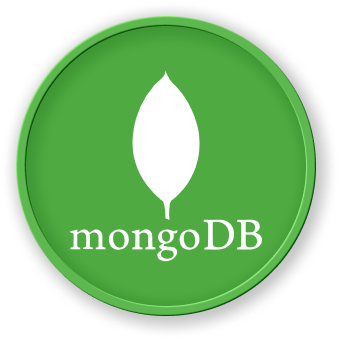Query Field Selection
Introduction to Selective Querying
Query field selection allows precise control over data retrieval, enabling developers to extract specific information efficiently from MongoDB collections.
Query Field Selection Methods
graph TD
A[Query Field Selection] --> B[Dot Notation]
A --> C[Conditional Projection]
A --> D[Complex Field Filtering]
A --> E[Nested Document Selection]
Basic Field Selection Techniques
1. Simple Field Selection
## Select specific fields
db.users.find({}, {
username: 1,
email: 1,
_id: 0
})
2. Nested Field Selection
## Select nested document fields
db.users.find({}, {
"profile.name": 1,
"profile.age": 1
})
Advanced Selection Strategies
Conditional Field Projection
| Technique |
Description |
Example |
| $elemMatch |
Select first matching array element |
{ scores: { $elemMatch: { $gt: 80 } } } |
| $slice |
Limit array elements |
{ comments: { $slice: 3 } } |
Complex Query Example
## Advanced field selection with multiple conditions
db.students.find(
{ grade: { $gte: 85 } },
{
name: 1,
"subjects.math": 1,
"extracurricular": { $slice: 2 }
}
)
Query Field Selection Patterns
graph LR
A[Selection Patterns] --> B[Minimal Data Retrieval]
A --> C[Targeted Information Extraction]
A --> D[Performance Optimization]
A --> E[Selective Filtering]
- Minimize returned fields
- Use precise field selection
- Avoid unnecessary data transfer
- Leverage indexing for complex queries
Code Example: Comprehensive Field Selection
## Complex field selection in LabEx environment
db.employees.find(
{ department: "Engineering" },
{
fullName: 1,
"contact.email": 1,
skills: { $slice: 3 },
yearsOfExperience: 1,
_id: 0
}
)
Best Practices
- Use projection to reduce network overhead
- Select only required fields
- Avoid mixing inclusion and exclusion
- Consider query performance and data structure
By mastering query field selection, you'll create more efficient and targeted MongoDB queries, optimizing data retrieval in your applications.

